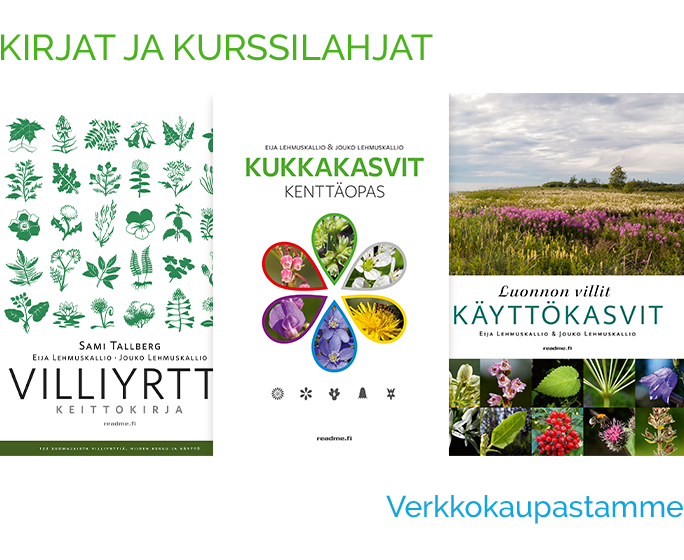Greater Water Parsnip
Sium latifoliumName also
Great water-parsnip
Growing form
Perennial herb. Rootstock short, erect, many-jointed.
Height
100–150 cm (40–60 in.). Stem branched in the upper part, angular, hairless, hollow, joints with septa.
Flower
Corolla regular (actinomorphic), white, less than 5 mm (0.2 in.) wide, petals 5, notched, with an incurved point. Sepals 5. Stamens 5. Pistil of 2 fused carpels, styles 2. Inflorescence a compound umbel, secondary umbels usually 20–30. Primary and secondary umbels with bracts. Bracts of primary umbels biggish, leaf-like, with membranous margins.
Leaves
Alternate, stalked, base pod-like. Blade of submerged leaves 2–3 times pinnate, lobes very narrow. Blade of aerial leaves pinnate, pairs 4–8, imparipinnate, leaflets elliptic–narrowly elliptic–ovate, serrate.
Fruit
Broadly elliptic, flattened, thick-ridged, brown, 3–4 mm (0.12–0.16 in.) long two-parted schizocarp.
Habitat
Eutrophic riverbanks, river deltas.
Flowering time
July–August.
Endangerment
Endangered, protected in all of Finland.
Demanding greater water parsnip thrives in shallow water, especially in slowly flowing rivers and river deltas. Nutrient-rich lakes and small bodies of water are suitable as well, since the plant has sometimes been known to grow even in small shallow puddles on coastal rocks. You would think that there are plenty of suitable shores for the species in this land of thousands of lakes. But the only natural occurrence of the greater water parsnip seems to be in the delta, overgrown with reed, of the river Summa and on the shore of the bay Vehkalahti in Southeast Finland. The other known growing place was in Southwest Finland, in Uusikaupunki, at the lower course of the river Sirppu, until it was destroyed by dredging the river bank! Obviously short-lived populations which probably started from seeds borne from neighbouring countries have long grown all over southern Finland. In Europe, the species is rather common and widely spread, so it would not be too astonishing if a new occurrence on our shores were found in a hitherto unknown place. The thick ridges of the fruit of greater water parsnip function like a float, and the seeds can flow with the currents to new shores. On top of this, the plant spreads during the spring-time floods through its loose shoots, but this kind of dissemination does not seem to be very effective. It is hardly probable that humans have deliberately propagated greater water parsnip: especially because its rootstock is poisonous, and the shoot has a bitter, burning taste. The closely related species skirret (Sium sisarum), on the other hand, has sometimes been grown for the production of sugar.
For an umbellifer, greater water parsnip is easy to recognize, therefore it is worth looking closely at stem plants hiding among the reeds, at least in southern Finland. The submerged leaves developing at the beginning of summer have very narrow lobes, like fish gills, as is typical for water plants. The aerial leaves of high summer are very distinctive and look like rowan leaves. Individual flowers are rather unimpressive, but the inflorescence as a whole is pretty and attracts beetles, flies, hymenopterous insects and true bugs as pollinators.
Taxonomy


